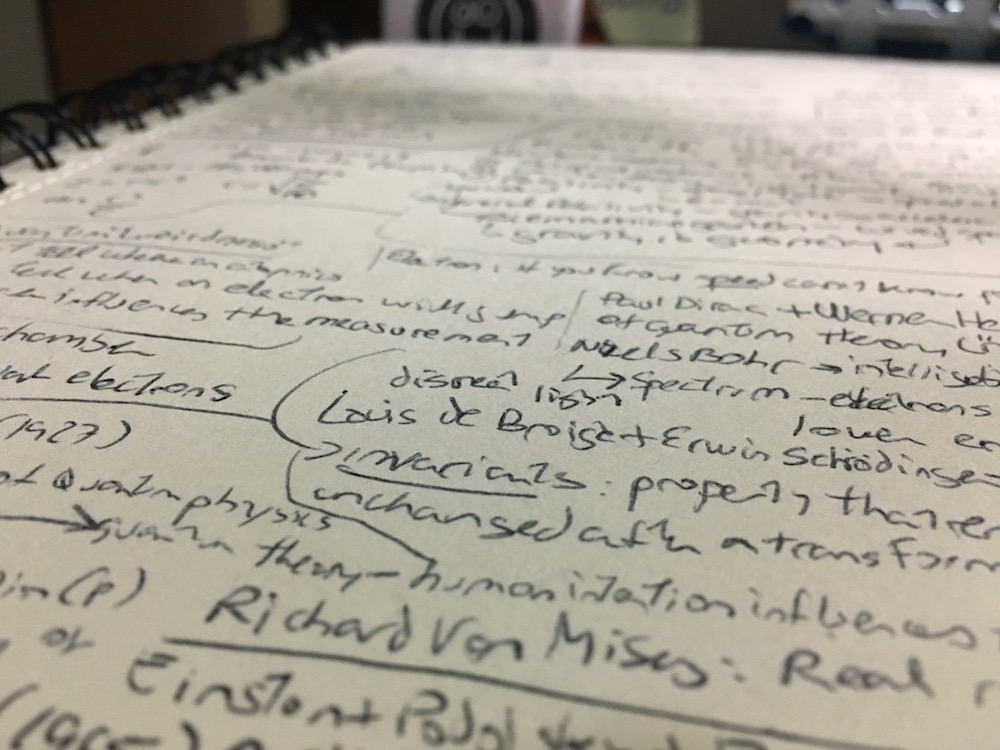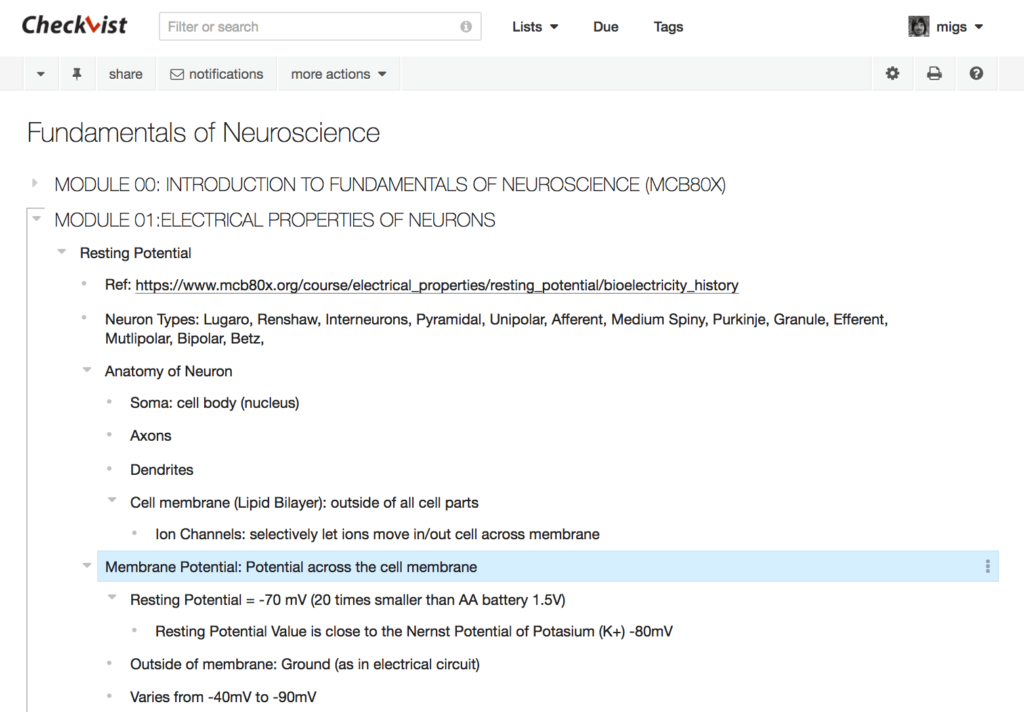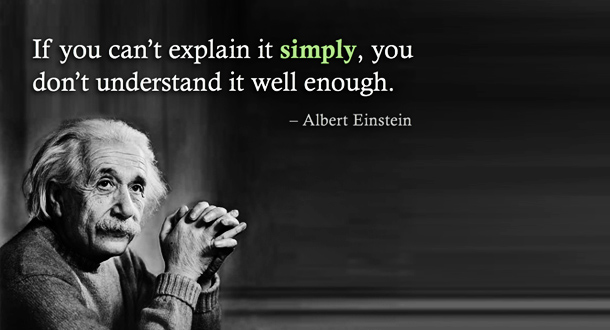This year I’m dedicating it to learning more about neuroscience, quantum mechanics, molecular biology, artificial intelligence, stand up comedy, world history and the lives of remarkable humans (now reading Shoe Dog, Nike’s CEO autobiography).
At least that is the plan…
Next week, I may scratch half of those topics and pick another bunch.
Regardless, there will one thing that will be constant this year… learning.
So how do I learn?
It’s a 3 step process:
1. I consume the information (this part I love)
2. I digest the information (this I do less)
3. Finally, I apply the information (this I do even less but you should do it)
The easy part is consumption, digestion is a lot harder, and the hardest is application.
To learn fast, one must become very efficient at each of the 3 aforementioned learning steps.
Here is how I go about them:
1. Consume
Consuming information is the easiest and most fun all the steps.
The only difficult part of this step is actually deciding what to consume.
Given the outrageous amount of information available, this task can be a bit daunting.
One approach that has helped me choose what to consume is the same one I’ve employed to decide what NOT to consume.
The approach is called “selective ignorance” and it’s explained in much detail HERE.
Once you’ve eliminated bad cognitive foods then you can focus on consuming the healthier counterparts.
Which of the good info foods to chomp on depends on what your goals are.
If you don’t know what your goals are I have a solution that can help HERE.
Next, search online and ask your friends for the best books, podcasts, blogs, online courses, videos, documentaries, and experts on the topics that will help you get closer to your goals.
Now that you’ve narrowed down your list of potential cognitive nourishment it’s time to feast! nom! nom! nom!
When consuming video information, I recommend playing it back at 1.5 or 2.0 the speed.
YouTube, Wistia, Udemy, SkillShare give you the option to play back video faster.
If the option is not available simply install Video Speed Controller on Chrome to speed up your videos.
Here is what I look like when consuming information:

Caution: after many hours exposed to video at 2x speed the whole world will seem to advance painfully slow. You may find yourself wanting for people to have a 2x speed button function when they speak.
Tim Ferris is a big proponent of learning directly from experts. He narrows down the top people on the topic, approaches them, and interviews them to extract and deconstruct the essential steps, processes, exercises, and habits required to excel at that topic in the least amount of time.
One of the fast learning frameworks he uses is called DiSSS (deconstruction, selection, sequencing, and stakes). You can learn all about it HERE.
On his latest book, Tools Of Titans, Tim shares the main lessons, tips, and strategies he has learned from interviewing over 200 experts on his mega popular podcast.
A great place to find and connect with experts (besides the top live events on your chosen topic) is called Clarity.fm (you can read the story of how I met Clarity’s founder HERE).
2. Digest
Eating a nice juicy hamburger can be easily done in 15 minutes but digesting it properly can take to 24 hours or longer.
This means that food processing can take over 100 times longer and, depending on what you eat – let’s say, grass – it can take a lot longer (just ask cows).
Digesting information properly takes a lot longer than consuming it too.
During information digestion, our brain is processing the information, committing some of it to memory and discarding some if it.
In food digestion the goal is to extract the nutrients and discard the waste (via sweat, pee poo and farts).
In cognitive digestion (aka learning) the goal is to extract the essential information and discard the rest either by artistic expression (modern art) or by simply forgetting it.
We are really good forgetting machines and really bad memorizing machines, so to learn, we need to regurgitate information many times until we can finally commit its essence to long term memory.
Committing information to memory is only part of the learning process. To truly learn we must actually be able to understand what we stored in memory.
An effective way to digest information is by taking lots of notes while consuming it.
I use a combination of written notes and lists.
I like to use pen and paper for notes but, if that feels too old fashion for you, a tool like EverNote can be as useful.
I also like pen and paper because I can draw diagrams to help me visualize concepts. You can also draw inside EverNote but it doesn’t feel as natural to me.
Here is a shot of some of the notes I took while learning about quantum physics from a book called The Cosmic Code.

I also use a free online list tool and task manager called Checkvlist.
I love how easy to use is, its clean design and specially the ability to create nested lists.
Nested lists allow me to see all the main points of the topic I’m learning in one shot and easily dig deeper into any concept by opening nested branches.
Here is a shot of the comprehensive nested list I created while taking Fundamentals Of Neuroscience by HarvardX.

3. Application
Phil Knight, CEO of Nike, was able to encapsulate the essence of this learning step in one simple sentence – “Just do it”.
There is not much I can say about practice except if you muster the energy to get here, make sure don’t squander it by confusing practice with mindless repetition.
The whole idea behind practice is to improve at every iteration. This process is called reinforced learning or deliberate practice.
Ideally, you should not practice on your own, but guided by an expert, a mentor, a coach, or a teacher than can identify your weaknesses, correct them, and encourage you to well… keep practicing.
If you are learning stuff for the sake of learning (like 95% of what I choose to learn) then you can skip this step altogether. In fact, a lot of stuff cannot easily be applied, or it may be impractical, or very difficult/expensive to put into practice.
In my case, when I learn about quantum mechanics, or cognitive neuroscience, or artificial intelligence, there is no real interest in applying any of this knowledge to anything useful.
I’m not planning to be opening craniums or breaking apart atoms any time soon (maybe I can open my cranium trying to split atoms but that would be very unhealthy).
However, even if you don’t plan to apply your knowledge directly, you still can do something useful with it.
You can share that knowledge, you can teach.
The wonderful thing about trying to teach what you’ve learned is that it’s one of the most effective ways to consolidate information.
Once you can explain something in your own words in a way anyone can understand it, then you can be certain that you’ve truly learned that concept.
Or like Einstein said: “If you can’t explain it simply, you don’t understand it well enough.”

So there you go, that’s more or less the way I learn new stuff.
Now it’s your turn my dear Planet Earth cohabitant:
How do YOU learn?
Any learning tips, tricks, strategies and/or frameworks will be most welcomed.
Thanks and until next week!
Peace, Love, and Wisdom Cookies.
Miguel

P.S: A great book full of great learning strategies is confusingly called “Badass: Making Your Users Awesome” by Kathy Sierra. Check it out HERE.
P.2: If you are into futuristic sci-fi shows and artificial intelligence I highly recommend you watch Westworld.
Did a homo sapiens forward this article to you?
That human was very sapiens indeed. If you want don’t want to miss my upcoming articles make sure to subscribe to them HERE.
Want to become an Online Teacher?
Get FREE access to over 100+ hours of course creation training
Includes lifetime access, unlimited email support, and new courses updates for free! (Limited availability)